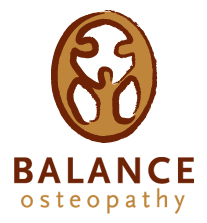Your initial consult will be approximately 1 hour. Your Osteopath will take a detailed medical history that provides them with useful information regarding your general wellbeing and assists them in making a diagnosis. The Osteopath will want to know about all symptoms, as well as details of any past accidents or traumas. Questions will be asked about lifestyle, diet and emotional wellbeing. Patients are required to sign a consent form once they have had the opportunity to ask any questions. The patient may be asked to perform some simple movements so the Osteopath can observe how the body is being used, to identify any mobility impairment and to evaluate posture. Neurological and orthopedic tests will be used where necessary to help with the assessment of the client’s complaint.
Following this, your Osteopath will perform diagnostic tests, as required. This may involve taking your blood pressure, checking your reflexes or examining a child’s ears. The Osteopath will then perform an Osteopathic exam (observation and assessing with their hands), to determine the areas of the body that are not functioning well.
An Osteopath’s highly developed sense of touch is one of their most important tools for understanding and diagnosing the presenting condition. By the end of the initial consultation, the Osteopath will be able to offer a diagnosis and discuss a treatment program. If the diagnosis is one that requires further investigation or specialist intervention, an Osteopath will suggest a referral to an appropriate practitioner. Osteopaths often treat in conjunction with a GP, dentist, podiatrist or other health care professional. Further tests may be needed so your Osteopath can refer you to a relevant practitioner or for x-rays and further imaging.
Please bring any scans, x-rays and results you already have.

Leave A Comment